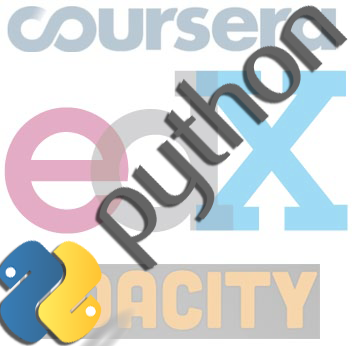My wife's brain works very differently then mine. She is very emotional and I am very logical, that is probably very common in any couple as it probably a Mars/Venus thing. She worries about things that are very unlikely to happen, often asking me questions like "what if the house burns down when we are gone". I typically respond with a snarky reply like "what if a plane falls from the sky and lands on top of our car". I usually don't think about things that are statistically unlikely. Even things that are more likely: cancer, heart disease, car crashes, etc don't bother me. I honestly just didn't worry or fear much of anything.
All that changed last January when my first child was born. The though of anything happening to my son, not matter the odds, scares the living shit out of me. It is irrational, illogical, paralyzing and uncontrollable. I also now worry more about myself because the thought of leaving my son without a father scares me as well. This last week the fear and emotion have hit an all time high because of the horrible story that is unfolding in my backyard. There is a triangle of key locations in the case that I spend most of my days within. In fact, last Friday just an hour or so after the kidnapping, I was at the dog park with my two golden retrievers, less than a mile from where she disappeared from.
Two nights ago when a body was discovered, near our house, I couldn't sleep. My wife and I started discussing how we would try and protect our son from this type of danger. The though of something like this happening to our son is paralyzing, no matter how statistically unlikely! This is the part of becoming a parent that nobody warns you about. Everyone tells you about the joy (which is true) and how it changes your life (very true), but nobody said one word about the all-consuming fear. My normal defense, logic, has no chance against this new brand of anxiety.
I hope and pray that the monster in my backyard is captured and brought to justice!




